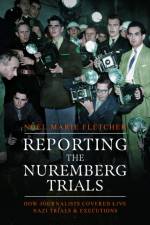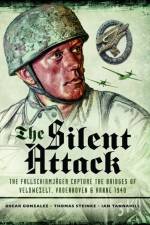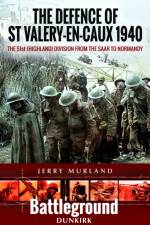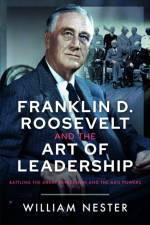av Claire Richardson
269,-
Explores the harsh realities and societal perceptions of Victorian prostitutes, revealing their lives beyond stereotypes through extensive historical research and personal narratives."As dangerous as if she stood on the corner of the street exploding gunpowder."This was the view of 'Miles', a correspondent in the Bedfordshire Mercury, writing about the dangerousness of prostitutes in 1874. They were considered a scourge by the Victorians; a menace to society and a threat to the moral and physical wellbeing of a nation. Carrying disease, committing crime, corrupting others; prostitutes were the most feared 'social evil'. These women were the focus of controlling and invasive legislation, designed to clear the streets. They were imprisoned and removed from their friends and family. They were scorned and shamed and deemed worthless by much of society.The contemporary view of prostitution in the nineteenth century is coloured by years of Ripperology, a grim fascination with the lives of a few mutilated women living in London. However, prostitutes were far more than caricatures of sinners or inevitable victims and lived in every other part of England too. Searching through the plethora of newspaper, census, police, and local history records it is now possible to uncover the lives of prostitutes in greater detail than ever before and discover the real women behind the stereotypes. Piecing together these women's movements from cradle to grave and from one side of the country to another builds a rich picture of what it meant to be a prostitute, including the lives of prostitutes living in small towns, villages, and islands that have all been previously over-looked.This book explores the lives of the women who were omitted from the genteel history books of the past, aiming to identify what they looked like, what life was like for them, and who the important people in their lives were. It also looks in depth at the lives of a select few prostitutes, examining what drew them into prostitution and what happened to them afterwards. From Whitehaven to North Shields, from Peterborough to Bloomsbury (via Paris), these women led extraordinary, richly textured lives that are still relevant today, and that we can continue to learn so much from.The perfect introduction to Victorian prostitutes for family and local historians, genealogists, and students of the Victorian era.






























